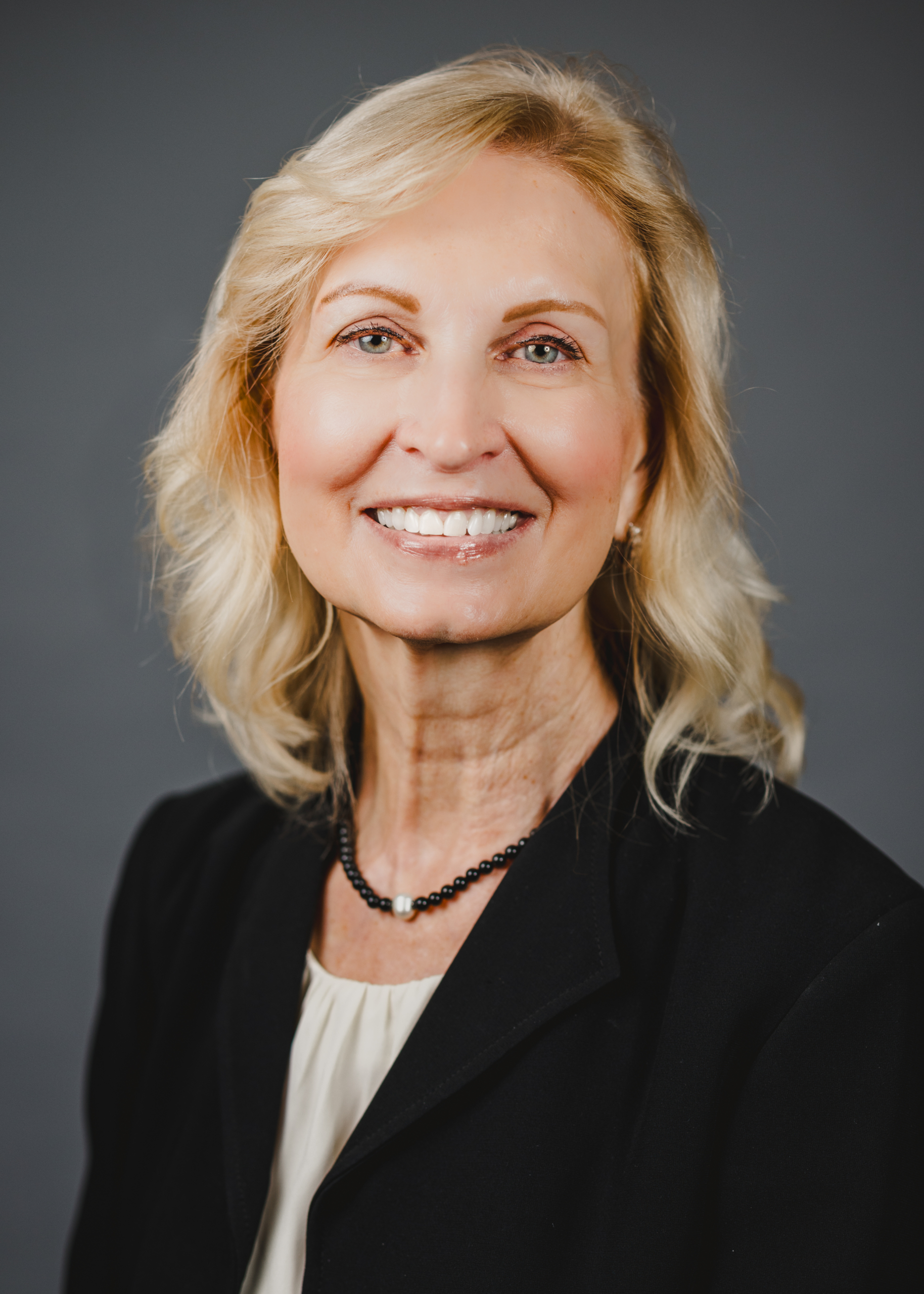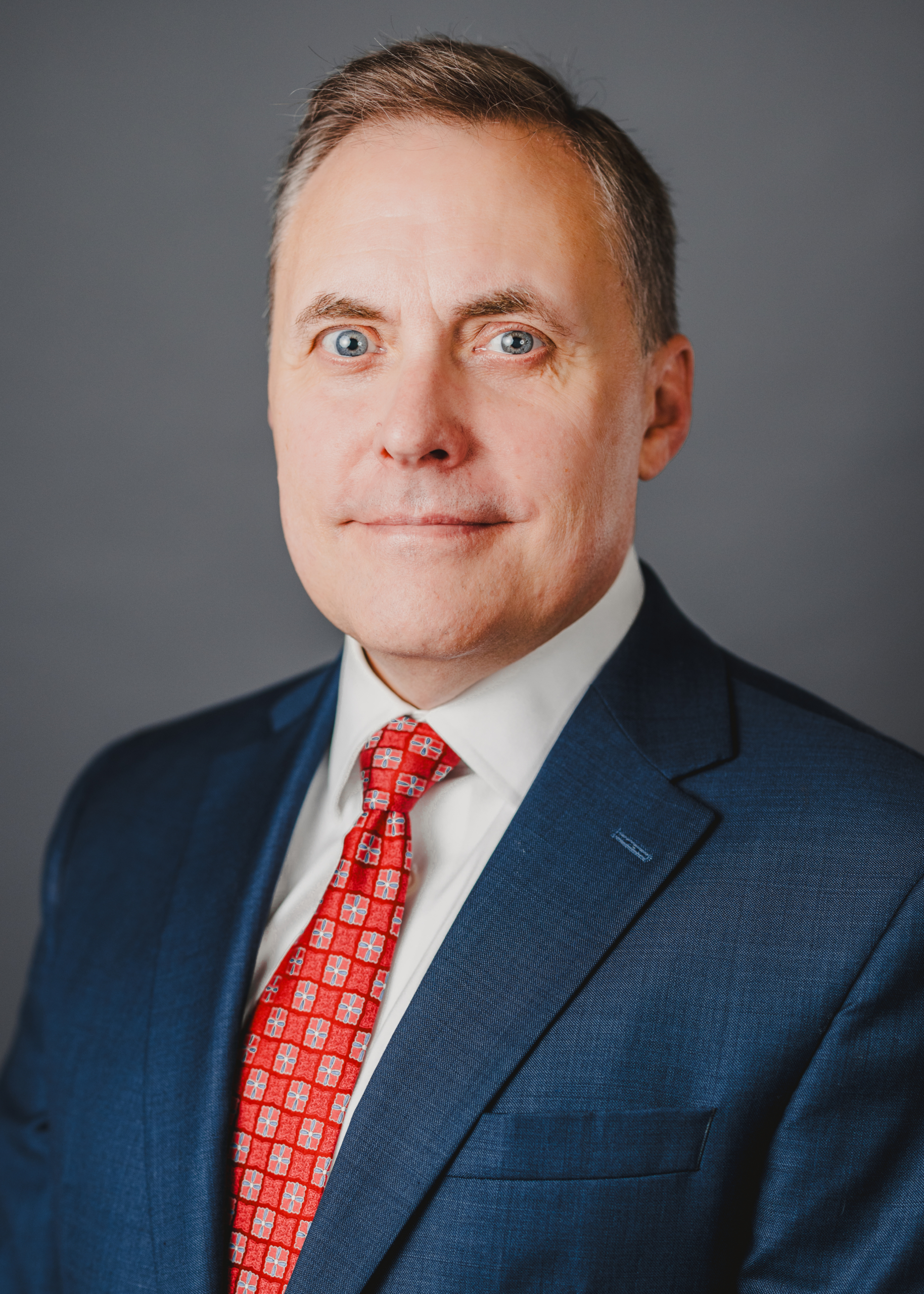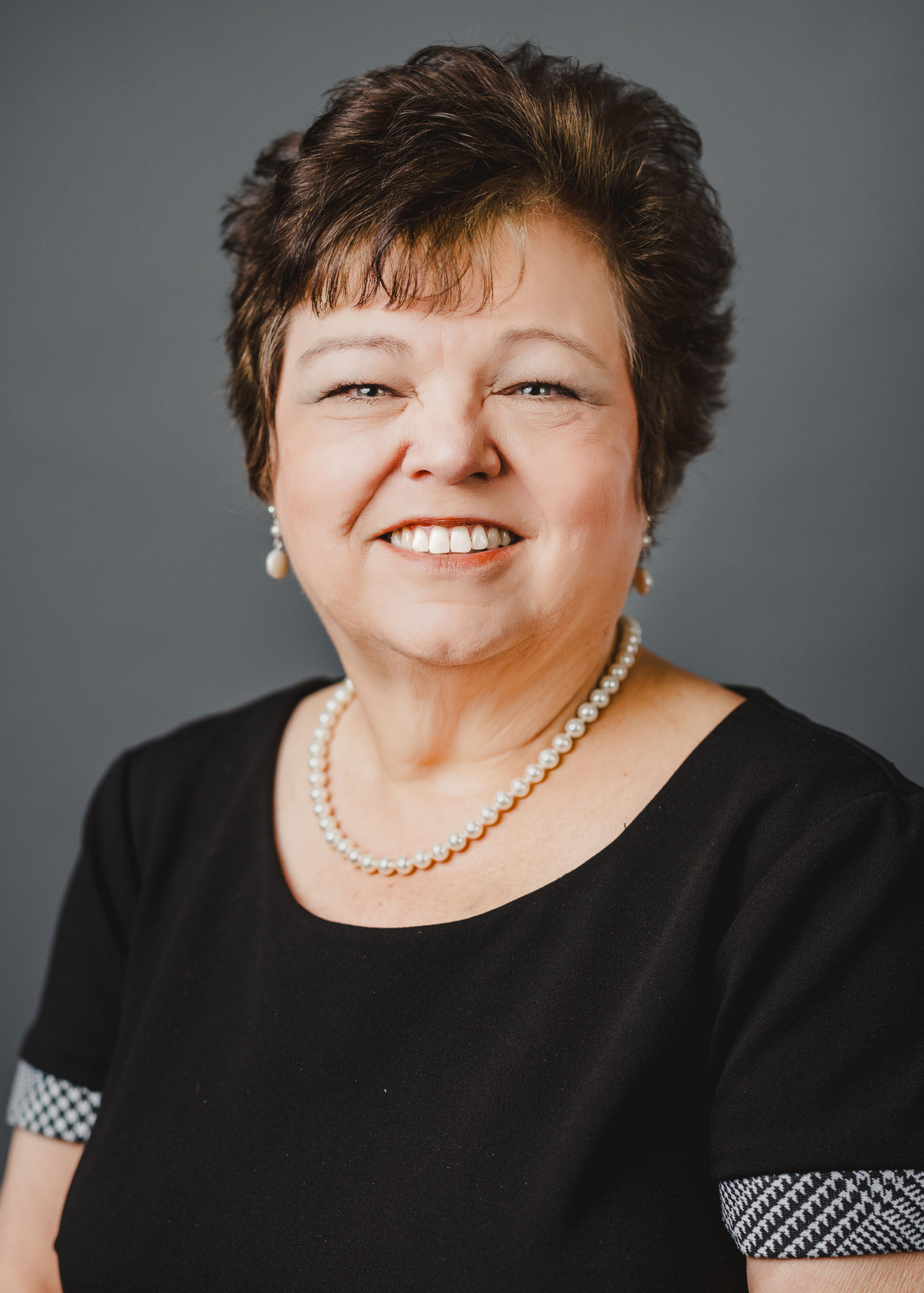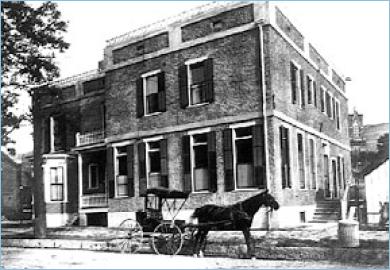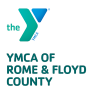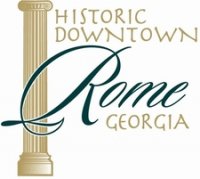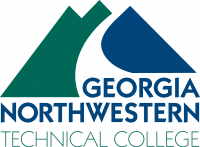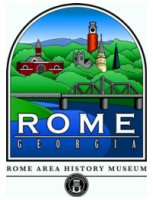An article on October 31, 1919, Rome Tribune-Herald proclaims, “Harbin Hospital Secures Services of Dr. W. H. Lewis; Famous Diagnostician from Mayo Clinic joins local staff.”
Dr. Lewis came to the Harbin Hospital in the spring of 1920 to establish the department of internal medicine and diagnosis. He had just returned from a tour of German prison camps after World War I – at the request of the United States government – to report on sanitary conditions there.
Many other distinguished physicians were associated with the hospital over the years including Drs. B. S. Branham, C. L. Betts, W. J. Shaw, R. P. Cox, G. B. Smith, M.D. (the father of two Rome physicians, Dr. Lucius Smith, Radiologist and Dr. Steve Smith, Pediatrician), J. T. McCall, A. C. Shamblin, M. M. McCord, J. H. Mull, E. J. Radcliffe and R. C. Maddox.
In 1925, the Harbin Hospital’s eighth biennial report told of an innovative orthopedic program that followed the treatment of bone fractures with physiotherapy (known today as physical therapy). Miss W. Watson, who had received her training at the Boston City Hospital, was in charge of the physiotherapy department that offered treatments including diathermia, auto-condensation, and massage.
Dr. Will Harbin distinguished himself as a surgeon by performing many first-time procedures in Floyd County, including the first Caesarean section, blood matching, blood transfusion, and goiter operation. Harbin Hospital bought the first X-ray machine ever owned in Rome and made the first X-ray pictures, including the first dental films.
Dr. Robert Harbin died in 1939, and Dr. Will suffered a fatal heart attack in his office at the Harbin Hospital on November 5, 1942.
During the 1930s and 40s, the third generation of Harbin physicians returned to practice in Rome. Dr. R. M. Harbin’s son, Robert Maxwell Harbin, Jr., M.D. returned in 1930. Dr. Will Harbin’s three sons also returned: William P. Harbin, Jr., M.D., in 1932; Dr. Bannester Lester Harbin, Sr., M.D., in 1933; and Dr. Thomas Shelor Harbin, M.D., in 1946, after service in the Navy in World War II.

